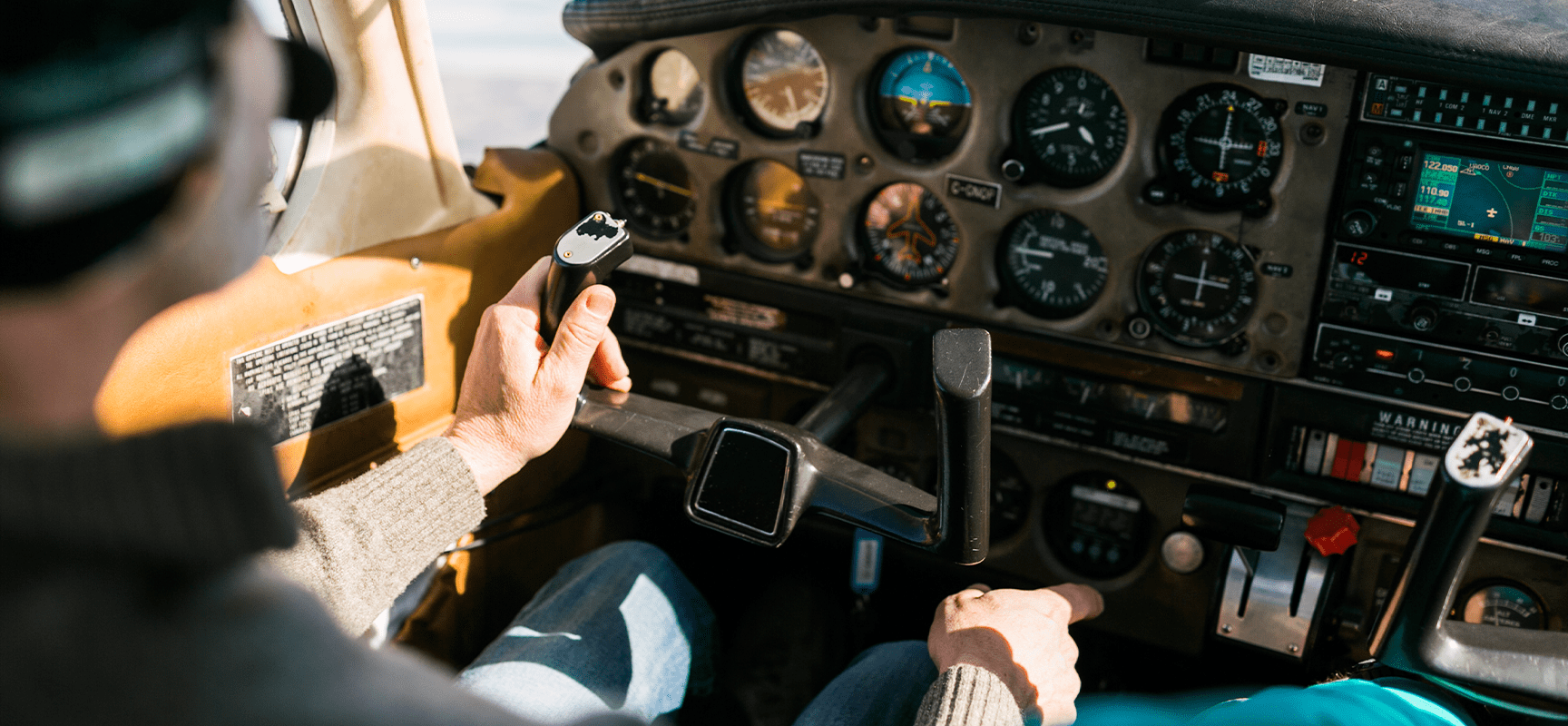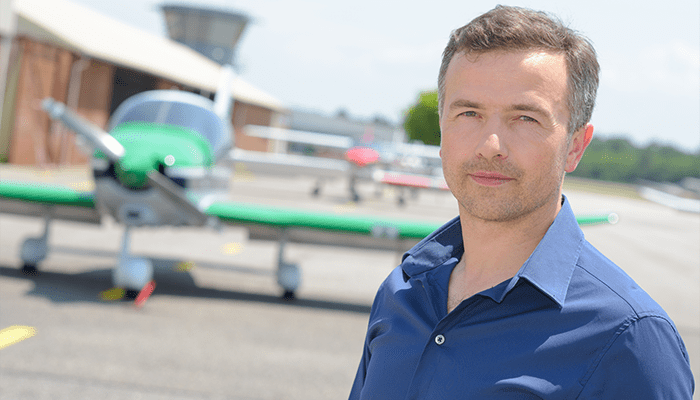
Insuring the Transition to a Higher-Performance Aircraft
Transitioning to a higher-performance aircraft is an exciting milestone for any pilot. However, whether the transition is from fixed gear to retractable, single to multi-engine, piston to turboprop, or turboprop to jet, each presents its own challenges to the insurance underwriter regarding the appropriate required training before the pilot can fly the aircraft independently.
For personalized assistance, contact our Aerospace team. We’re here to help you navigate this process!
Fixed to Retractable Gear: Most underwriters will require the pilot to fly with a Certified Flight Instructor (CFI) who is well experienced in the aircraft for 10 hours or more dual before soloing. The premium will be higher the first year and decrease at renewal as the pilot’s total retractable gear hours increase past 100.
Single to Multi-Engine:
The more total and retractable gear experience a pilot has before moving up to a twin, the better, particularly if it’s a logical transition like a Beech Bonanza to a Baron. Expect a requirement to fly dual only with a well-qualified Multi Engine Instructor (MEI), current in the multi-engine twin you are moving into, for 25-50 hours dual before you get turned loose. The more dual you are OK with, the lower the premium.
Piston to Turboprop:
You should be fairly well qualified by the time you make this transition. Going to the Insurer Approved Initial Ground and Flight School for the make and model turboprop you are buying is a given, along with a requirement to complete the recurrent training course annually thereafter. Depending on your experience level, you may be required to be accompanied by a high time school current pilot acting as a co-pilot/safety pilot for the first 25+ hours before going solo.
Turboprop to Jet:
Pilots making this transition have generally built good experience in turboprops and would be required to again complete an Insurer Approved Initial Ground and Flight School for the make and model aircraft, then annually thereafter. You can expect a requirement to be accompanied by a high time school current pilot acting as a co-pilot/safety pilot for 50-100 hours before solo (assuming a single pilot jet). Premium will be higher the first year, and/or lower coverage limits might apply.
Remember, there are no hard and fast rules, as every pilot differs in their experience. One may only have 750 hours, but 350 hours are in multi-engine aircraft compared to a pilot with 2000 total hours, all in single-engine piston aircraft with 0 hours multi-engine. This is where a call to your AssuredPartners Aerospace broker pays off. We can devise a plan of transition you can live with that is realistic to an underwriter rather than just accepting an underwriter’s plan, which will likely be more conservative by default. Reach out to us for more information.
Related articles

Aviation accidents, though rare, can have devastating consequences. In the aftermath of such events, the families of passengers and crew often face emotional and financial turmoil. This is where...

Insurance is a crucial part of financial planning, providing peace of mind and protection against unforeseen events. However, not all insurance brokers operate with integrity. Some brokers exploit...

The Broker of Record (BOR) letter is one of the most powerful and abused documents in the insurance industry. Unfortunately, many less-than-scrupulous brokers convince insurance buyers to sign this...